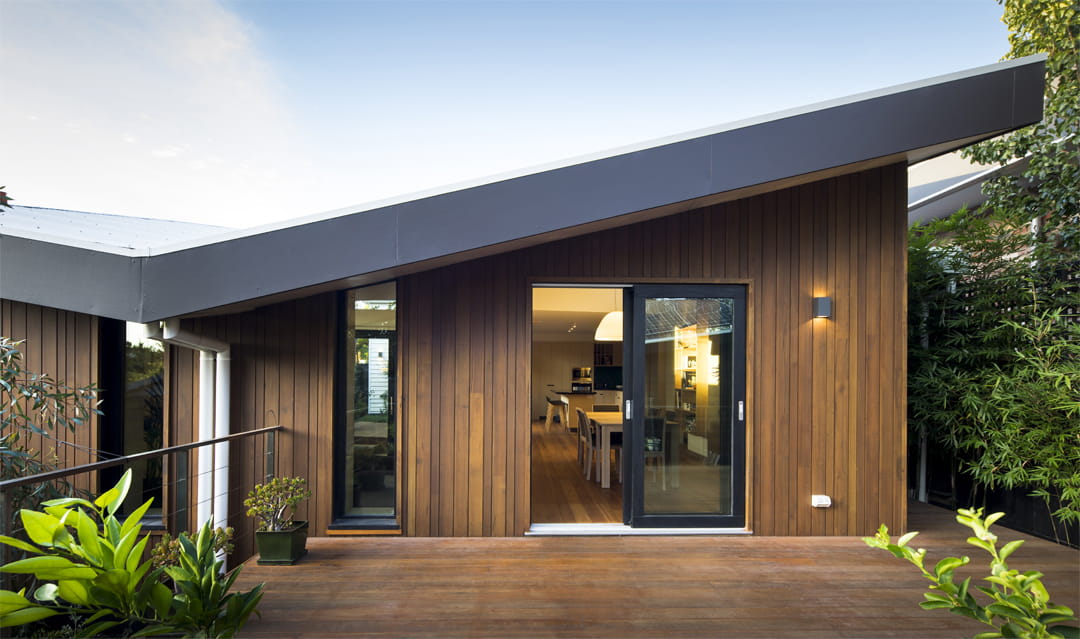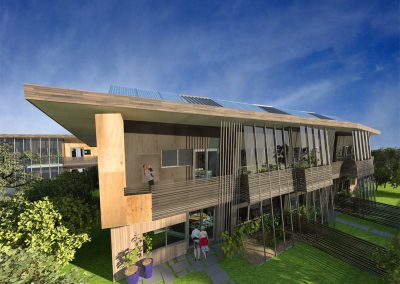Luke recently attended SASBE – International Smary & Sustainable Built Environment Conference 2018 in Sydney and presented his paper “Mainstreaming Real sustainability in architecture”.
The paper won the Award for Best Practice Paper.
Summary of paper
In our rapidly progressing society where a focus on sustainable solutions is key, new approaches to architecture are crucial in order to improve our built environments and reduce our footprints.
Following the typical business as usual approach is not going to cut it anymore and a holistic approach such as the Elastic Loop is well needed to attack multi-disciplinary issues. Architecture can no longer only focus on the aesthetics, but instead needs to create a positive outcome and take a stance that focuses on sustaining our environment. “The requirement for architecture to contribute to social and environmental sustainability now charges architects with responsibilities that go beyond the limits of an autonomous brief.” (Butera, 2005).
Our approach to sustainable architecture and communities relies on a significant shift in the way all professions, stakeholders, governments, and private developments undertake their processes. Only through the process of critical engagement and re-assessment of our typical approach to design and procurement, will we be able to achieve a quantum shift to rapidly improve our built environment’s resilience.
To combat the issue of fake sustainability or untested sustainable rhetoric, we suggest auditing of built projects to check their sustainability to compare the claims and the actual operation. All high profile projects will be obligated to publish the real results during their operation. This measure will motivate positive change simultaneously at many levels. Genuinely sustainable projects will clearly shine above ones that have a superficial sustainable approach. The general public and industry peers will enjoy the benefit of better understanding what project have real sustainability embedded in their design process. Developers and governments will be accountable for all the outcomes of their high profile projects. The implementation of these measure will prevent design professionals from making misleading statements, thereby, motivating them to really practice what they preach.
High profile projects to be audited would include;
- Public projects (government, etc.)
- High profile award-winning projects
- Real sustainable projects
- Projects published in mainstream and industry publications.
We suggest the following new policy to be implemented;
- All projects that fall within the criteria listed above would be required to be rigorously tested with details post-occupancy audits. All results of the audit must be published widely and extensively (to the same level as the publicity gained by the project prior to comprehensive testing). The publication of the results will be accompanied with a plain English commentary to ensure the interpretation of the results can be understood by the wider public as well as industry professionals.
- A register of these high profile projects will provide historic bench-marking to enable comparisons to easily be made.










